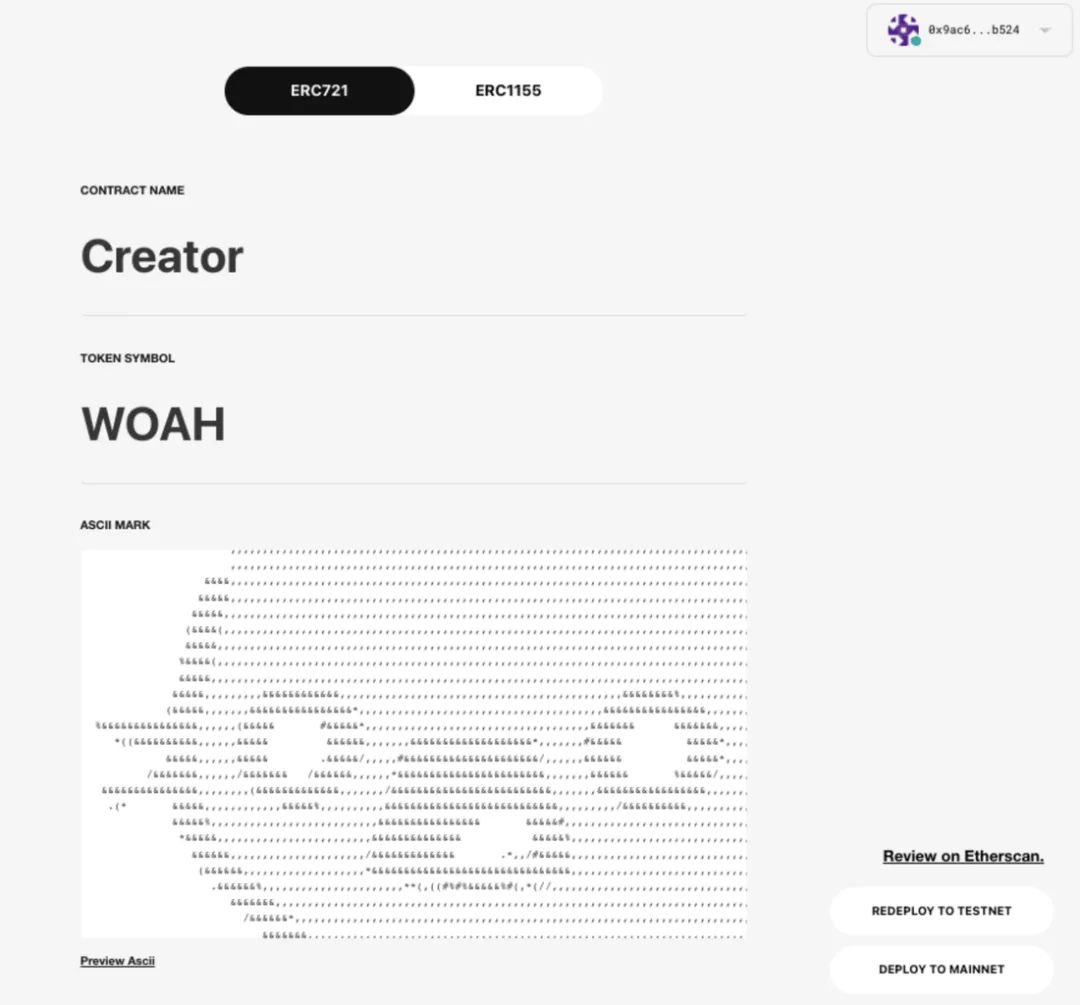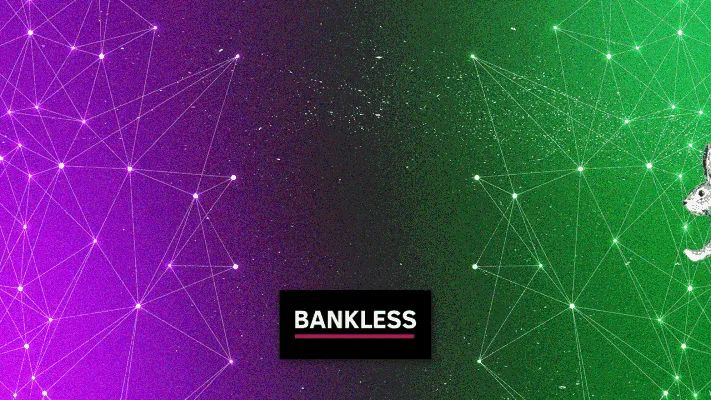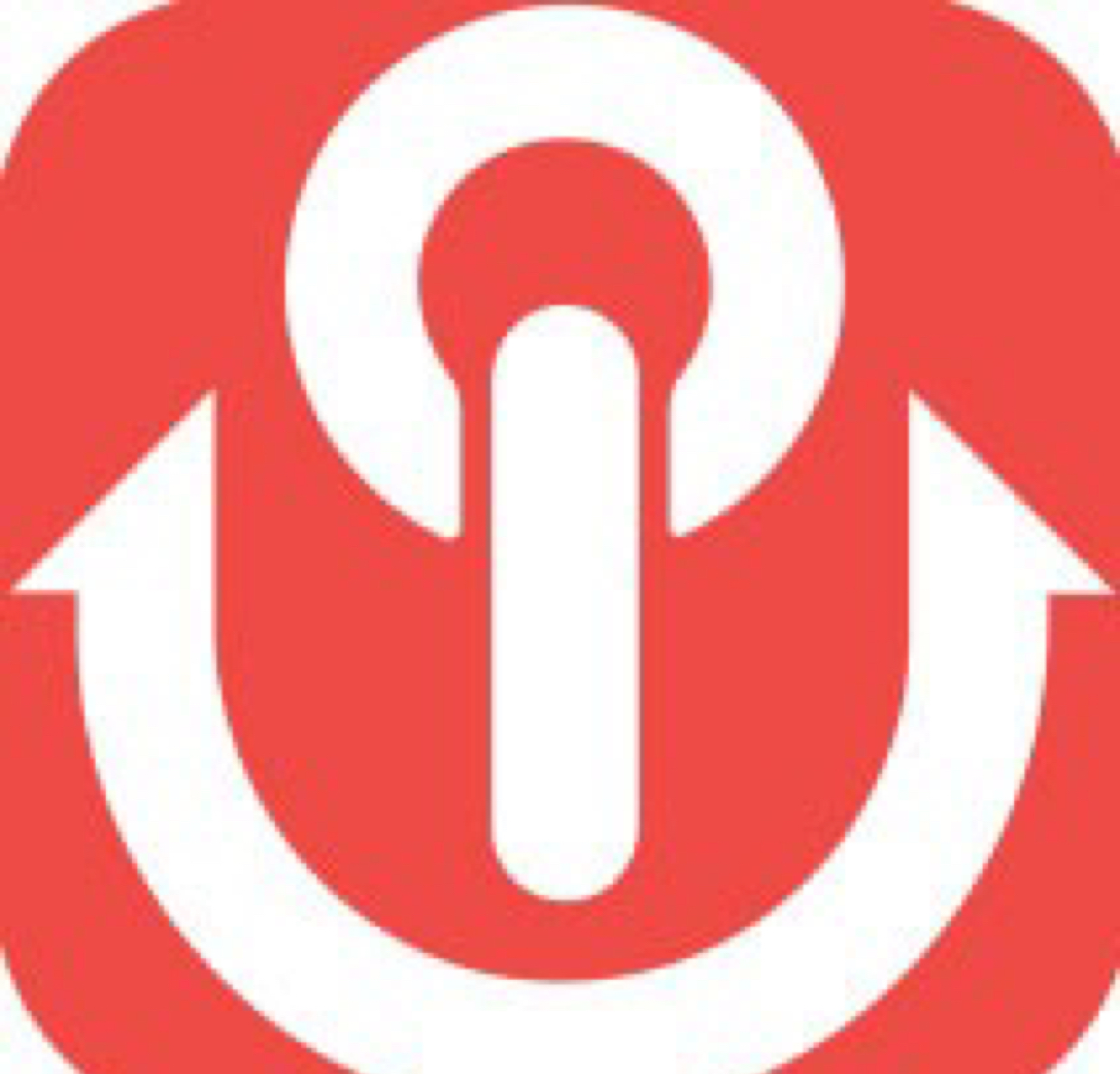Bankless: 12 elements that an ideal NFT market should have
Author: William M. Peaster
Original source: Bankless
Author: William M. Peaster
Original source: Bankless
NFTX, Universe, Shoyu, Showtime, OpenDAO, and now LooksRare.
That said, I suspect that many more markets will emerge over the next few years, a prediction that has me thinking this week about what I personally think the ideal NFT market would look like.
Therefore, in this article, I propose 12 "pillars" that, if put together, can serve as an important foundation for the next generation of NFT markets.

first level title
12 elements of a great Web3 NFT marketplace
1. Foundation = open source agreement
In the spirit of being open, so that anyone can use, fork, or build around the market, the foundation should be an open source protocol. Current examples of such protocols include the Zora and Rarible protocols, and this structure could also lead to multiple community fronts.
2. Use an open source NFT API indexer
3. Creator-owned storefronts

The creation of shared contracts is de-emphasized, instead enabling users to deploy their own storefronts, based on smart contracts that they themselves fully control. Manifold Studio and Zora's DIY auction house system were the inspiration here.
image description
Image via Manifold Studio
4. Support cross-platform royalties
Supporting on-chain NFT royalties in all corners of the cryptoeconomy will present certain difficulties, at least in the early days. However, I would expect to see my hypothetical market support on-chain royalties to the greatest extent possible. A service like Manifold's Royaltyregistry.xyz can be of great help here.
5. Support batch purchase, sale, listing and bidding
Early NFT platforms hamstrung users with a common “one-at-a-time” marketplace style. Suffice it to say, many collectors and NFT traders now want the ability to operate at scale, so these features would be nice. Here, it might make sense to rely on market aggregators like Genie and Gem or NFT liquidity protocols like NFTX.
6. Flexible NFT casting
The marketplace should support "lazy minting," which allows creators to sell NFTs without paying transaction fees. This opens the way for people to earn cryptocurrency when they don’t have it in the first place. For example, the Rarible Protocol supports lazy minting of 1/1 ERC-721 and ERC-1155 NFT versions.
7. Flexible NFT data
Give people choices. The easiest way is to support minting/NFT marketplaces on EVM compatible chains such as alt-L1s, L2s and sidechains. Browser wallets like MetaMask combined with bridge protocols like Hop make moving on these chains easy. Also, getting fiat into L2 through a service like Ramp would be pretty amazing. The idea is to enable users to mint and sell their NFTs in an affordable manner, where and how they want.

Image credit: Logan Craig
image description
Image credit: Logan Craig
9. Have a trading zone
Of course, this will happen at the front-end level, but for this market, it would be nice to have an NFT trading hub. This will be a barter zone, possibly even a forum-like forum, where people can offer and facilitate NFT transactions. Behind the scenes, you can trade using things like the Sudoswap protocol and Sudoswap's new anti-phishing code system.
10. Thoughtful decentralization
How best to mitigate plutocracy (plutarchy) remains an open question when it comes to decentralizing projects to a "community-owned" status. In other words, how do we ensure that regular users remain meaningful and reward stakeholders, not just whales who are the first to move? Projects that can come up with convincing answers here are definitely worth watching.
11. Powerful Analytics Dashboard
Currently, the leading NFT marketplaces offer statistical dashboards, but in terms of what you can search they are often sparse, so leave a lot to be desired. A great advantage of the Market Front is the availability of a dedicated statistics center with extensive search capabilities.



